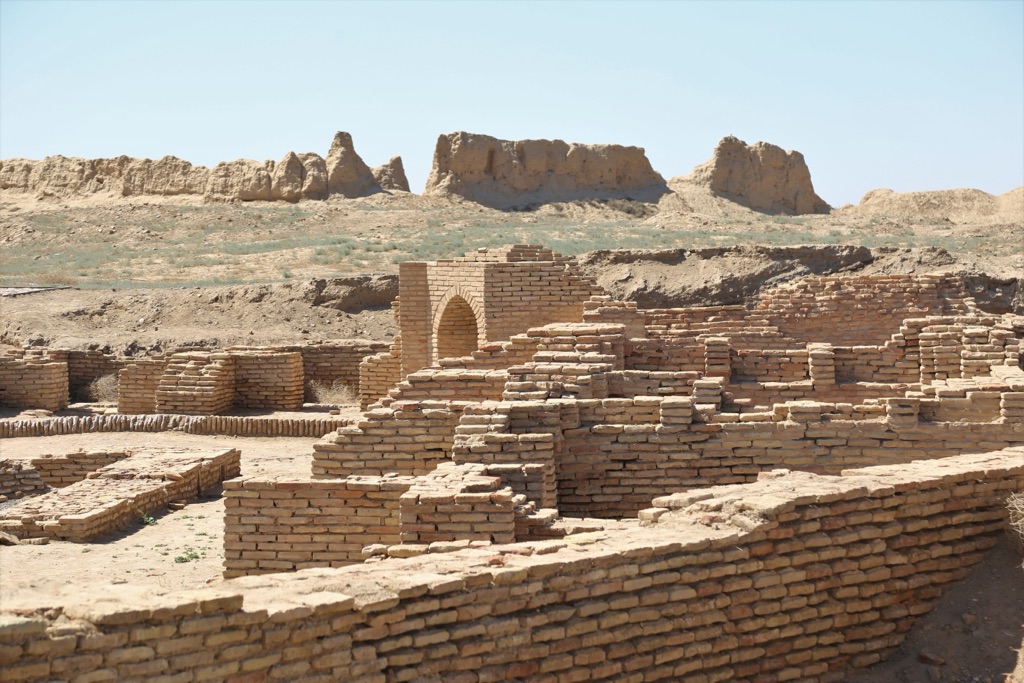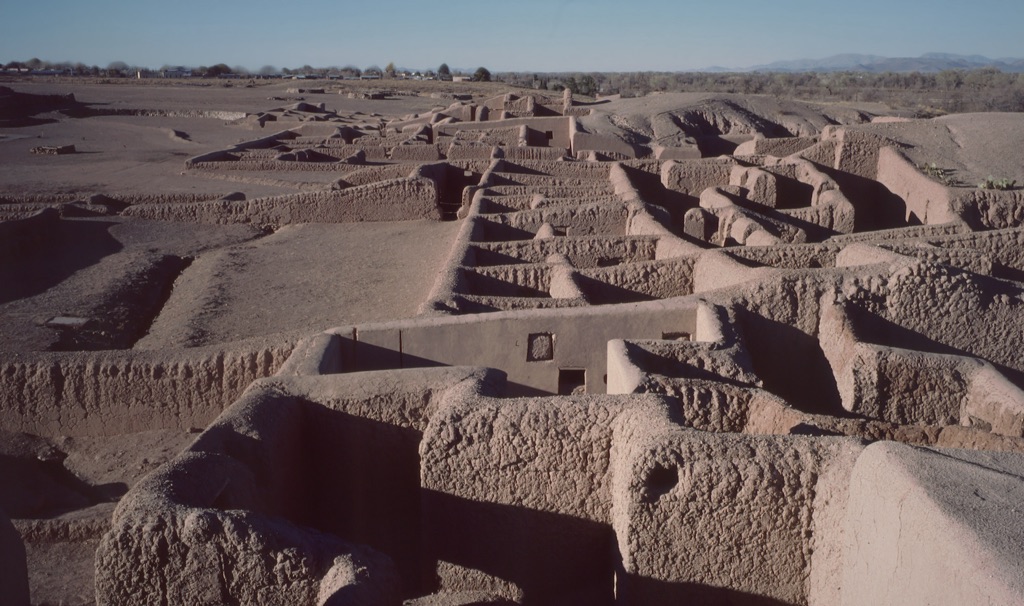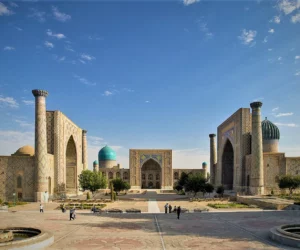The Historical Significance of Samarkand Samarkand, one of the oldest cities in Central Asia, has a rich history that spans over two millennia. Located in modern-day Uzbekistan, it has been a key cultural and economic hub. This blog post will explore the historical significance of Samarkand, focusing on its development, cultural contributions, and enduring legacy….
Mongol Empire
The Mongol Empire, founded by Genghis Khan in 1206 AD, emerged as one of the largest contiguous empires in history, stretching from Eastern Europe across Asia to the Sea of Japan. This vast empire was not only a testament to the military genius of its founder but also to the Mongols’ ability to administer a diverse array of cultures and territories. The empire’s timeline is marked by rapid expansion, reaching its zenith under the rule of Kublai Khan in the late 13th century, before gradually fragmenting into smaller khanates by the end of the 14th century.
Genghis Khan, born Temujin, united the Mongol tribes under his leadership through a combination of charismatic authority and military prowess. His conquests began in Mongolia and quickly spread, encompassing much of Central Asia and China. The Mongol military strategy was renowned for its mobility, speed, and adaptability, allowing them to defeat larger and more technologically advanced armies. The empire’s expansion continued under Genghis Khan’s successors, most notably his grandson Kublai Khan, who established the Yuan Dynasty in China in 1271 AD.
The Mongol Empire was characterized by its religious tolerance. Genghis Khan and his successors practiced Tengrism but were open to a variety of religions within their empire, including Buddhism, Christianity, Islam, and Taoism. This religious tolerance facilitated trade and communication across the empire, contributing to a period known as the Pax Mongolica, which allowed for the relatively free movement of goods, technologies, and ideas between the East and West.
Social and daily life within the Mongol Empire varied significantly across its vast territories. The nomadic Mongol lifestyle predominated in the steppes of Mongolia, where pastoralism was the basis of the economy. In contrast, the sedentary populations of the conquered regions, such as China and Persia, maintained their agricultural lifestyles. The Mongols adopted administrative practices and technologies from these sedentary cultures, which helped them govern their empire effectively.
The Mongol military was the backbone of the empire, with its soldiers known for their exceptional horseback riding skills and proficiency with the bow and arrow. The Mongols’ use of psychological warfare, including the spread of terror before attacking, was a tactic that facilitated their conquests. Their military campaigns were meticulously planned, with spies and scouts gathering detailed information about enemy territories and forces.
The empire’s decline began in the mid-14th century, due to a combination of internal strife, administrative difficulties, and the outbreak of the Black Death. The fragmentation of the empire into the Yuan Dynasty in China, the Golden Horde in Russia, the Chagatai Khanate in Central Asia, and the Ilkhanate in Persia marked the end of Mongol unity. Each khanate pursued its own path, gradually losing the characteristics that had defined the Mongol Empire.
Despite its eventual disintegration, the Mongol Empire left a lasting legacy on the regions it conquered. It facilitated the exchange of goods and ideas along the Silk Road, contributed to the development of a more interconnected Eurasian world, and influenced the political and cultural landscapes of many nations. The empire’s history is a testament to the complexities of empire-building and the enduring impact of the Mongols on world history.
The rulers of the Mongol Empire, from Genghis Khan to his descendants, were instrumental in shaping the course of Eurasian history. Their conquests and governance strategies demonstrated a unique blend of military might and administrative acumen. While the empire is often remembered for its conquests, its contributions to the spread of culture, technology, and trade across continents underscore the multifaceted nature of Mongol rule.

Sauran
Sauran, a once-thriving city on the Silk Road, stands as a testament to the passage of time. This ancient site, nestled in present-day Kazakhstan, offers a glimpse into the region’s rich history. It was a key hub for trade and culture, bridging the East and West. Today, Sauran’s ruins whisper tales of its past glory, beckoning historians and archaeologists alike to uncover its secrets.

Casas Grandes (Paquimé)
Casas Grandes, known as Paquimé, is an ancient archaeological site in Chihuahua, Mexico. It was once a major center of the Mogollon culture, thriving from the 13th to the 16th centuries. This site showcases unique adobe constructions, some several stories high, that reflect a blend of Indigenous and Mesoamerican architectural styles. Intriguing artifacts found at Casas Grandes reveal a people skilled in crafts and trade. They present a civilization that had complex social and economic systems. The reasons behind the site’s eventual abandonment remain a topic of debate among historians.

